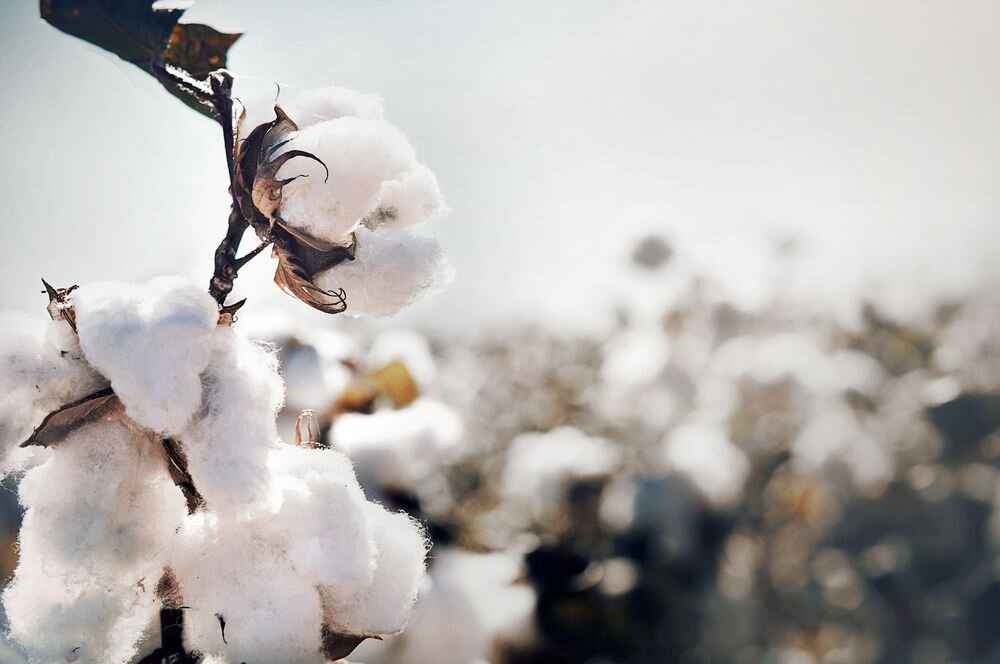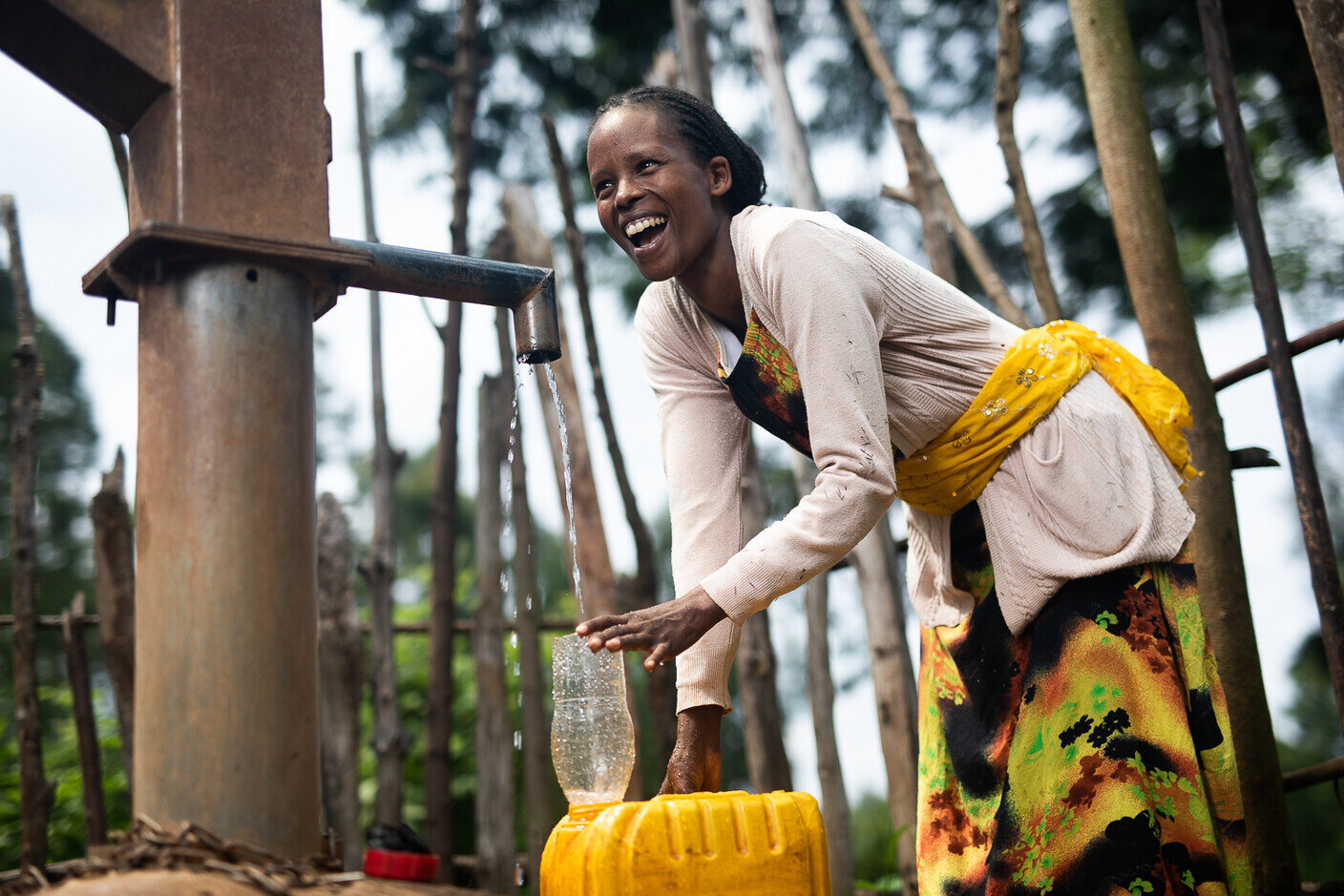Environment & Climate
Water

Given the cultivation of coffee and cotton, along with the manufacturing of our products, it's essential to address the impacts of water pollution and water scarcity. Conventional coffee and cotton farming requires large amounts of water, as well as fertilizers and pesticides, in many parts of the world. The textile production, especially the dyeing, washing, printing, and finishing of fabrics, contaminates water with chemicals, which needs to be treated adequately.
Our water conservation efforts are therefore supported by three specific programs: the Cotton Program, our Coffee Program and the Detox Program for better chemicals and water management.
Our Cotton Program for better water conservation
100% of the cotton we source comes from sustainable sources, such as GOTS, OCS or Cotton made in Africa. In addition to the selection of certified cotton for our products, we support farmers in the conversion from conventional to organic farming in farm projects in India together with the organization Organic Cotton Accelerator (OCA). Under organic farming the use of synthetic pesticides and fertilizers is not allowed which protects the environment and human health. Moreover, in many parts of the world organic cotton farming is rain-fed. Regenerative farming practices can benefit soil health and improve the water holding capacity of the soil – requiring less water. The latest LCA publication of OCA demonstrates this positive impact of organic cotton and cotton in conversion on water protection.

Water conservation efforts within our Coffee Program

In many parts of the world, coffee plants are (partially) irrigated, especially during the plant’s growth phase. Water at the right time can synchronize blooming and increases productivity. In addition, water is also needed during wet processing of coffee cherries, a processing method used in countries like Colombia and Kenya to produce a high-quality flavor profile. However, especially during the dry season, this high water demand can lead to water scarcity. This problem is exacerbated by climate change, increasing temperatures, and failing rainfalls. To reduce water usage in coffee cultivation, we include trainings on water efficiency into our coffee projects around the world. The safe use of agrochemicals is an additional component to reduce the contamination of water.
DETOX - for better chemicals and water management
In 2014, we publicly committed to eliminating hazardous chemicals from textile supply chains. Four years later, we became a signatory member of the Zero Discharge of Hazardous Chemicals Initiative (ZDHC). Ever since, we are committed to the ZDHC Roadmap to Zero Program that works on cross-industry solutions to eliminate hazardous chemicals in the manufacturing process, thereby protecting the environment and human health. To achieve these goals, we concentrate on critical areas within our textile supply chain, specifically wet processing units, such as dyeing, washing, printing, and leather tanneries:

Factory Requirement – We mandate our suppliers to eliminate the use of hazardous chemicals in product manufacturing by adhering to the ZDHC Manufacturing Restricted Substances List (MRSL). Factories must maintain an effective chemical management system, monitor their chemical inventory, and conduct wastewater tests according to ZDHC guidelines. For leather products, chrome tanning is prohibited. We require additional verification from suppliers, such as Leather Working Group certification, audit reports, or supplier statements, to ensure our products are 100% chrome-free tanned. These measures protect the environment, the health of those who manufacture our products, and the well-being of our customers.
Factory Monitoring – We monitor the performance of our factories by analyzing wastewater and reviewing their chemical inventories using ZDHC tools. In cases of non-compliance, factories are required to conduct root cause analyses (RCA) and implement corrective action plans (CAP), such as replacing hazardous substances with more environmentally friendly alternatives.
Factory Development – We support factories in own programs and sector initiatives to improve their sustainability performance. Currently, we are rolling out a new program that offers tailor-made solutions that address the specific challenges faced by each factory including chemical management, wastewater quality, and water consumption.
What We Have Achieved with the DETOX Program in 2024:
- For 96% of our textile products, we have identified the wet processing factories (annual goal: 100%)
- 98% of our top wet processing factories have submitted a wastewater test and shared a ZDHC ClearStream report (annual goal: 100%)
- 88% of our top wet processing factories have created a chemical inventory list and generated a ZDHC InCheck report (annual goal: 100%)*high business relevance
*high business relevance
MORE KNOWLEDGE
Read more on factory requirement, Supplier and Factory Handbook, Chemical Management and Climate: